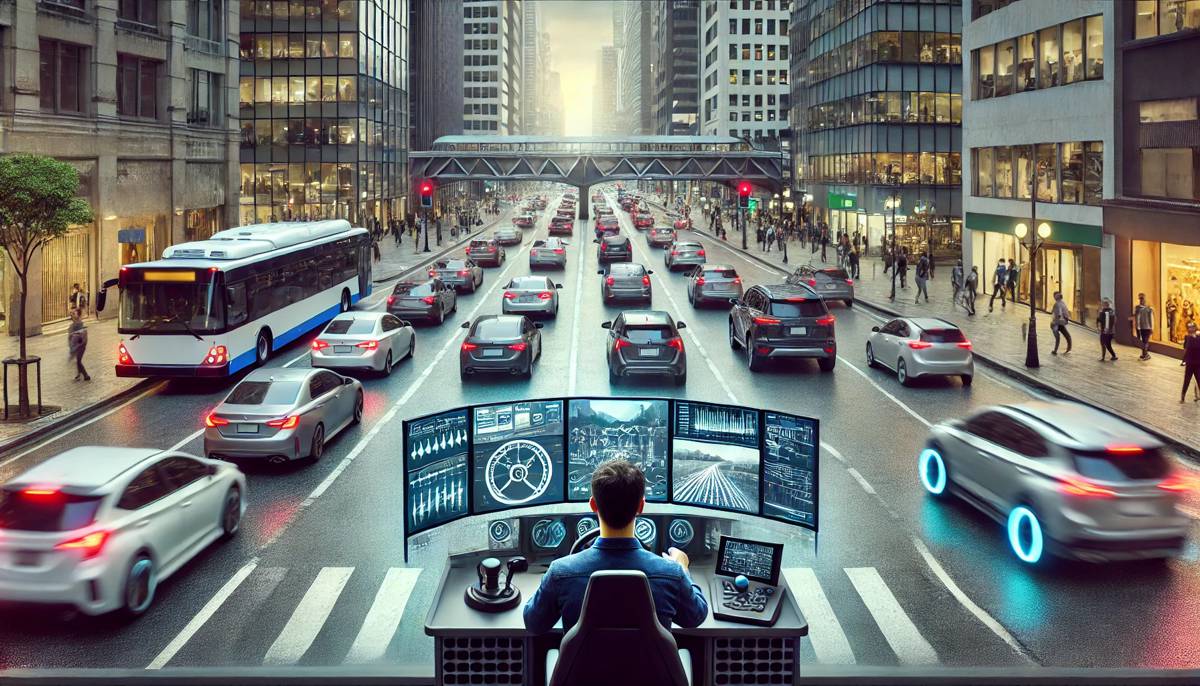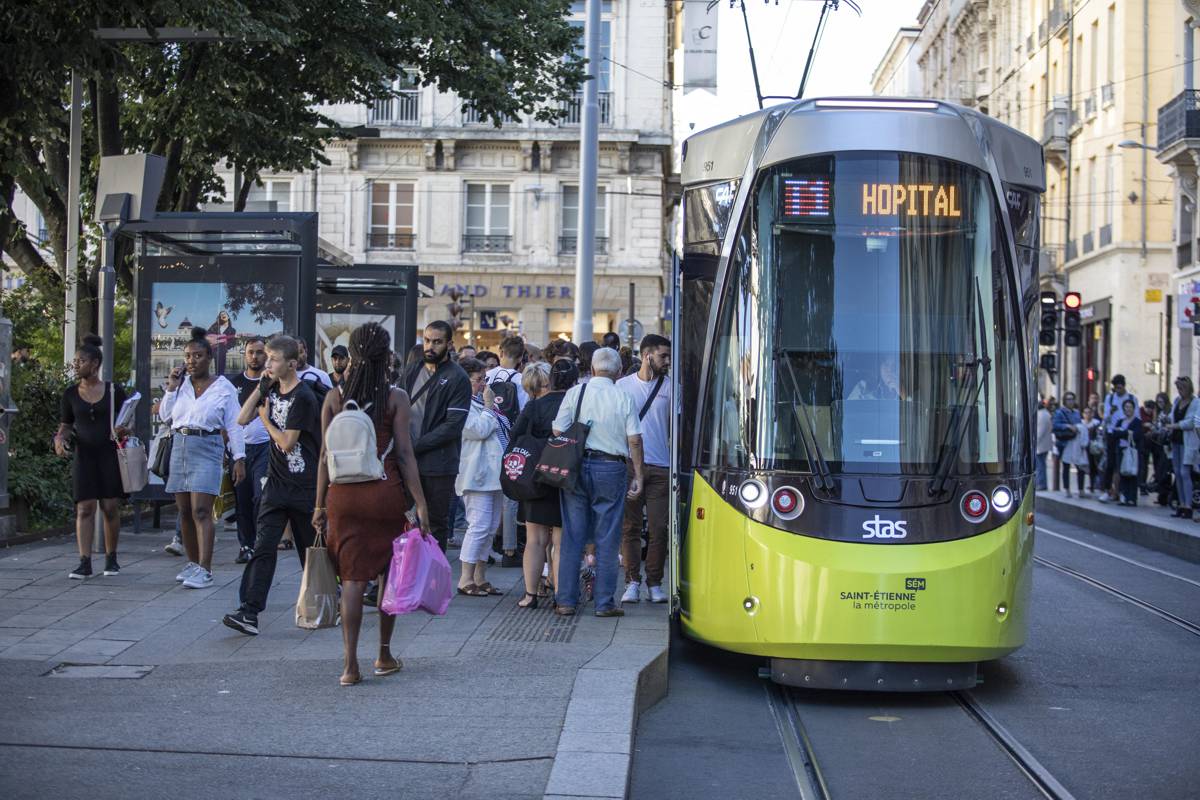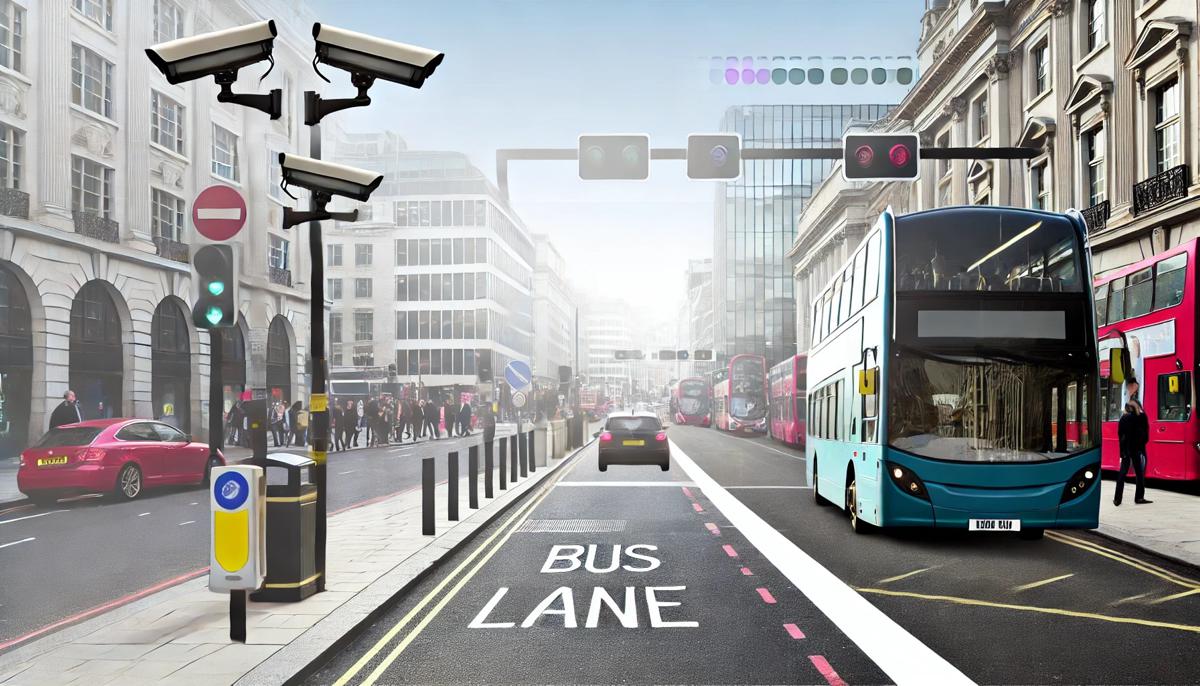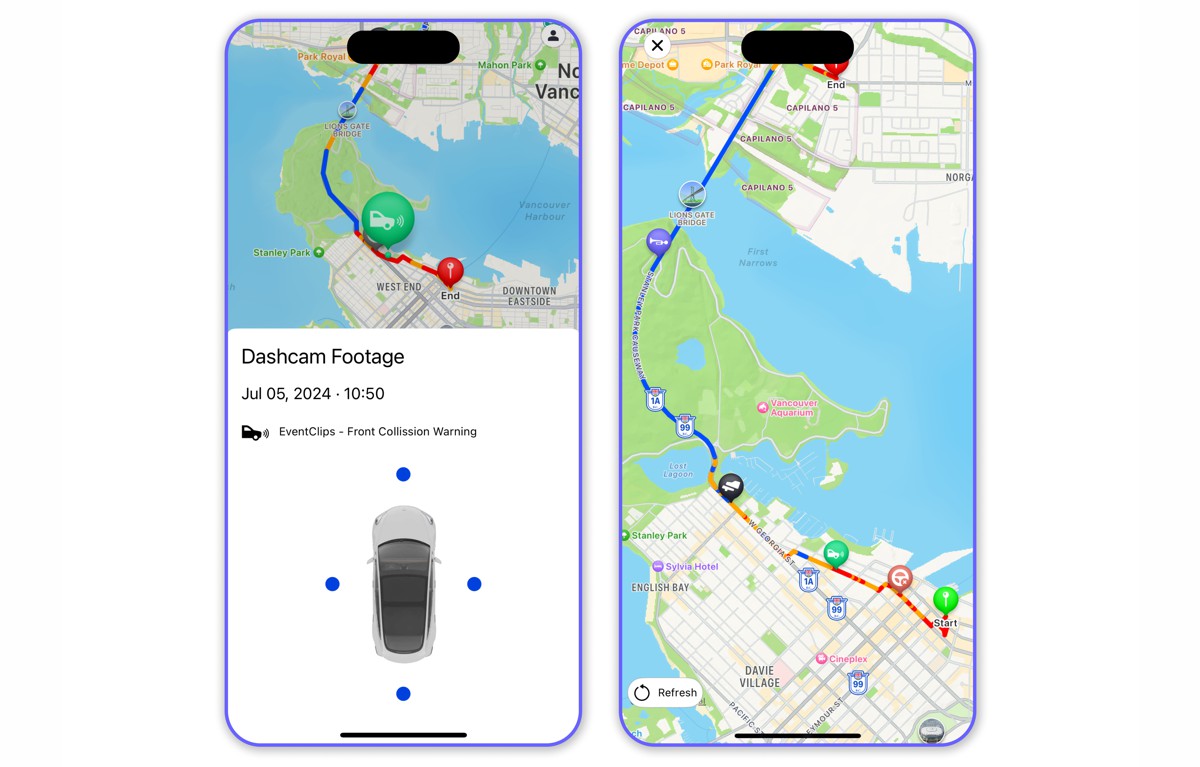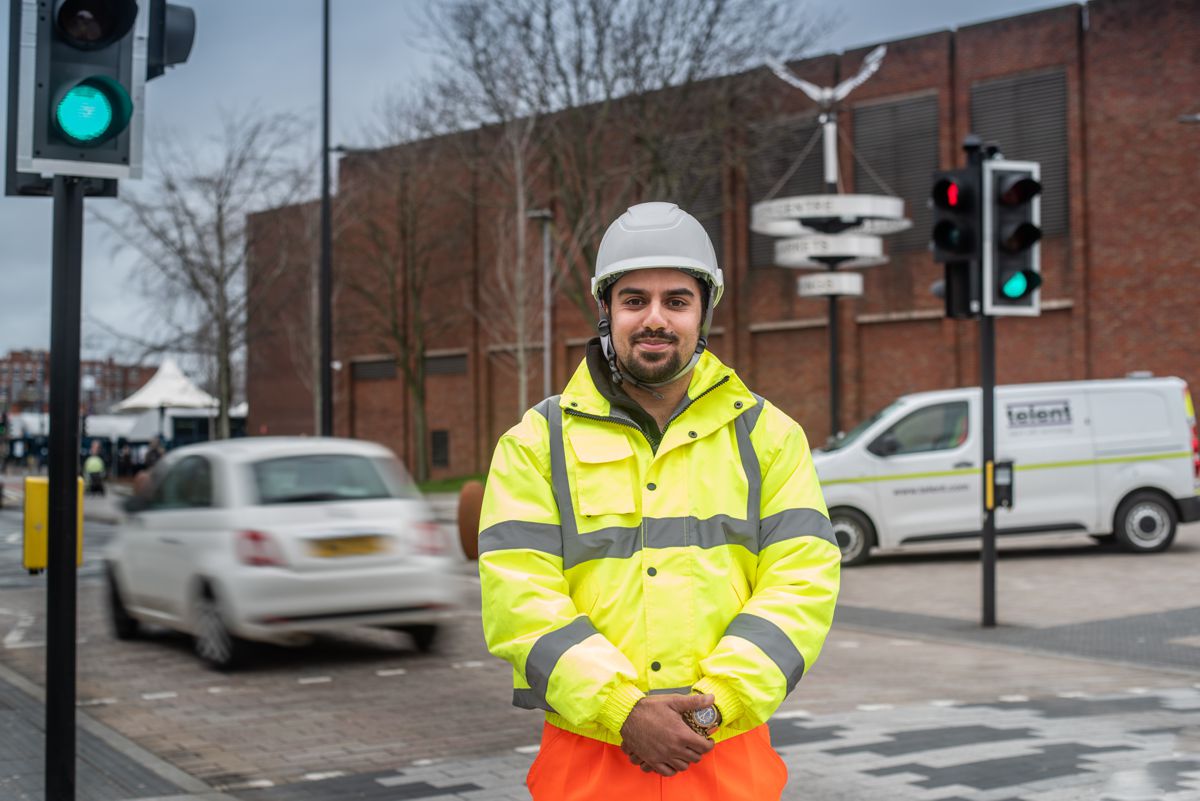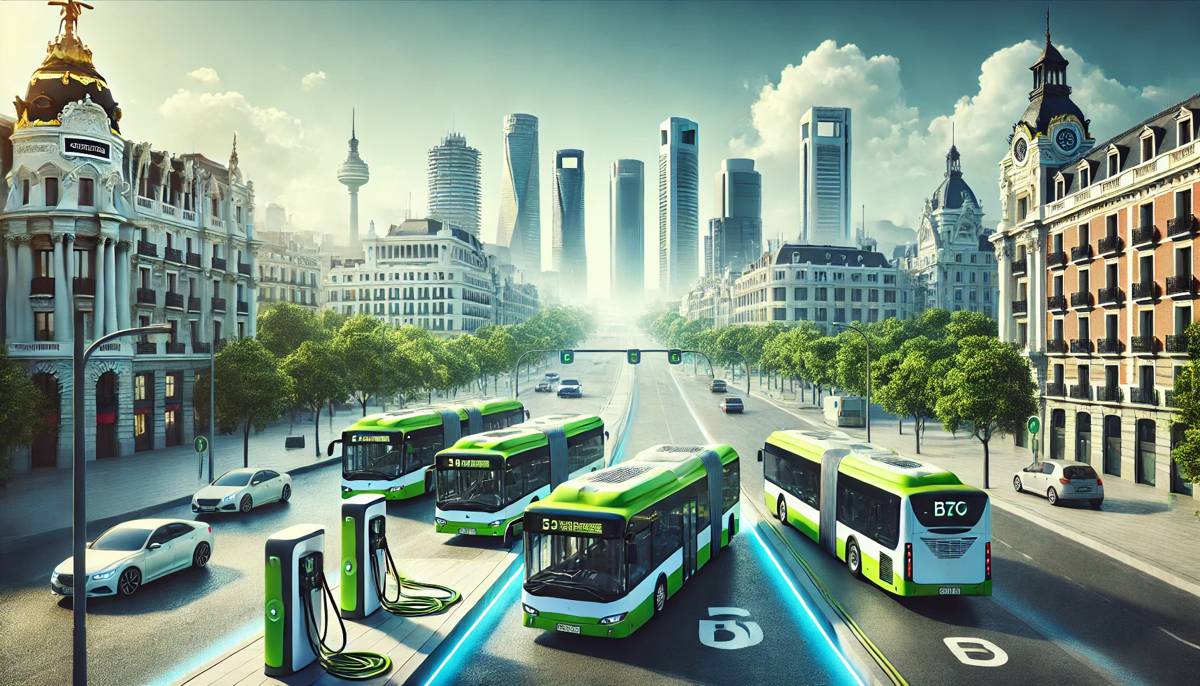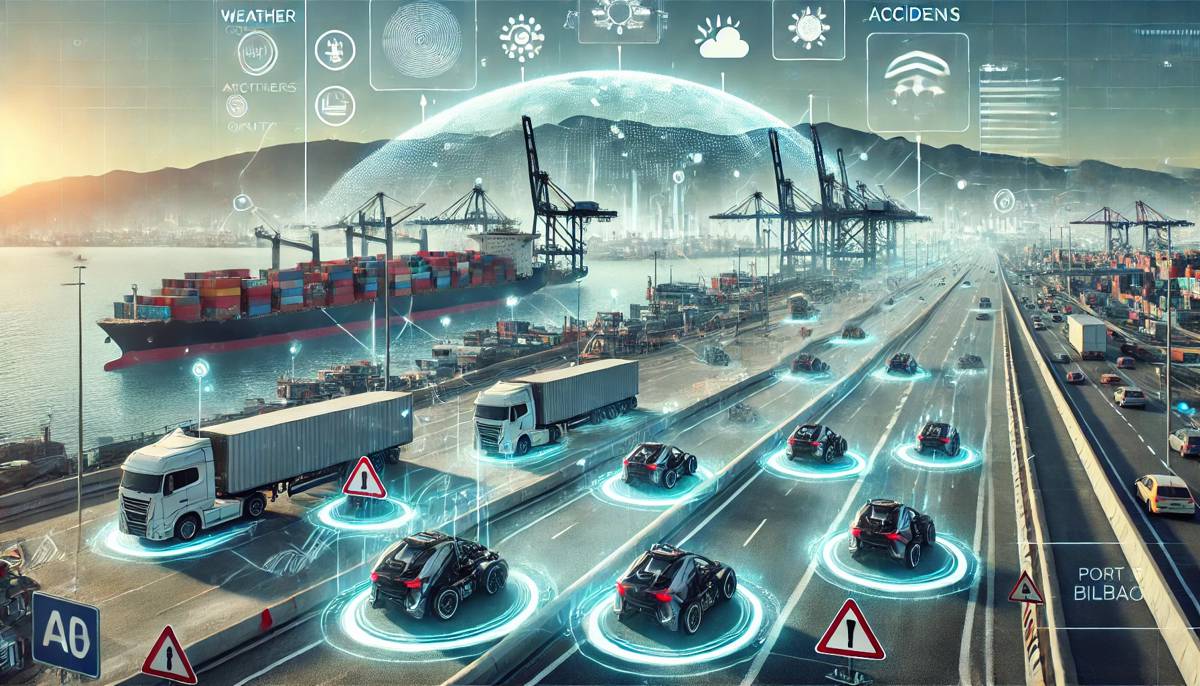IRENA supports Luxembourg meeting to take Electromobility to the next level
The challenges and the opportunities of electrified transport systems were discussed at a Ministerial Conference on Electromobility recently held in Luxembourg. Supported by the International Renewable Energy Agency (IRENA) who organised the conference ‘Closing the loop between Energy and Transport,’ which gathered key stakeholders from all sectors involved such as car manufacturers, electricity market players and e-mobility actors.
Energy and transport ministers, government representatives from the region, CEOs and experts discussed various strategies to accelerate energy transition through electromobility.
Electric vehicles will create a surge in demand for electricity, which can be supplied by renewables, and in addition deliver benefits like reducing CO² emissions and reducing air pollution. Electric mobility also has the potential to be an important source of energy storage for variable sources of renewable electricity – so-called “batteries on wheels.”
With over 730,000 electric vehicles on the street in the Benelux, France and Germany, the region represents around 12% of the global electric vehicles. By 2025, it is estimated electric vehicles will grow to 4-5 million electric vehicles.
Conference participants highlighted the importance of establishing the policy measures and enabling frameworks for the roll-out of electromobility.
In the EU in particular, reducing CO² emission standards for cars supported the business case of electric vehicles as a ready available option to meet new CO² limits that can be provided with renewable energy.
The results of this incentivising policy framework will enable car manufacturers to channel the necessary investments towards commercialisation of electric vehicles.
The challenge now is to address consumer concerns like the cost of electric vehicles when compared to conventional cars and the disposal of batteries.
The requirements of creating a new charging infrastructure were also discussed. With 123,000 public charging stations in the region there is an insufficient ratio of cars/charging stations at around 8:1.
Attendees also discussed the energy sector transition and smart charging.
IRENA’s recent report “Innovation Outlook: Smart charging for electric vehicles” illustrates how an uncontrolled charging of electric vehicles may put undue stress on current distribution grids and result in large investment being needed to reinforce the local grids.
New pricing models for energy, such as dynamic pricing and digital technologies could reduce investment needed for the uptake of electric vehicles by an estimated 40% to 90%. Further benefits of so-called “batteries on wheels” can also be maximised.
By 2025, car battery electricity storage capacity on the road may equal more than a third of the hourly nameplate generation capacity in the region.




